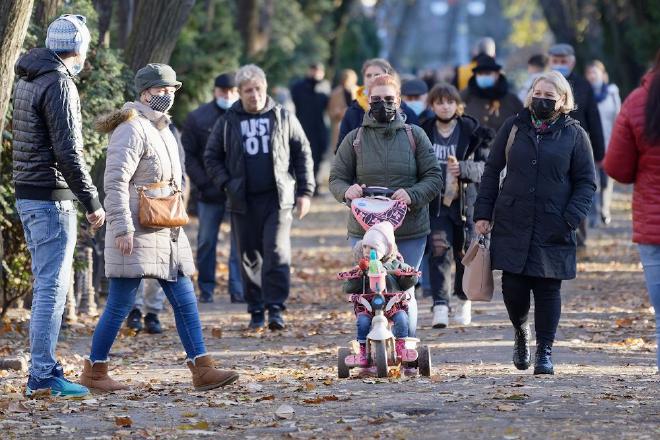

The COVID-19 pandemic hit New York City hard, with infection rates varying dramatically across neighborhoods. While some areas experienced rapid transmission, others saw lower transmission rates and cases, largely due to differences in socioeconomic factors, human behavior, and localized interventions.
“Our analysis clearly shows how routine activities like dining out or shopping became major COVID-19 transmission pathways,” explains senior author Sen Pei, PhD, assistant professor in the Department of Environmental Health Sciences at Columbia Mailman School. “These behavioral insights give our model significantly greater predictive power than conventional approaches.”
Precision Forecasting for Neighborhood COVID-19 Spread #
Another critical component is the model’s incorporation of seasonal effects. Researchers confirmed winter’s heightened transmission risk, linking it to lower humidity levels that prolong virus survival in air. This seasonal adjustment enables more accurate short-term predictions, giving public health officials crucial lead time to prepare for infection surges.
A Tool for Equitable Pandemic Response #
The behavior-driven model could empower health departments to distribute testing and clinical resources and direct public health interventions where they’re needed most, ensuring protection reaches vulnerable neighborhoods first. By pinpointing exactly when and where transmission spikes will likely occur, the approach replaces guesswork with targeted prevention. For example, as cold weather drives people indoors, the model could identify gathering places that would require capacity restrictions.
Refining the Model for Future Outbreaks #
While the behavior-driven model has proven effective, researchers note that real-world implementation requires further refinement. A key challenge lies in ensuring consistent access to high-quality mobility and case data—a limitation faced during the pandemic’s early phases when information streams were unreliable.
“This model’s success with COVID-19 opens new avenues for combating future outbreaks,” explained Pei. “By mapping disease transmission at the community level, we can arm New York City—and potentially other locations, too—with information to make more informed decisions as they prepare for and respond to emerging health threats.”
The study’s first author is Renquan Zhang, Dalian University of Technology, Dalian, China. Additional authors include Qing Yao, Wan Yang, Kai Ruggeri, and Jeffrey Shaman at Columbia; and Jilei Tai at Dalian University of Technology.
This study was supported by the U.S. National Science Foundation (DMS-2229605), the Centers for Disease Control and Prevention (75D30122C14289, U01CK000592), and the Council of State and Territorial Epidemiologists (NU38OT00297).
Jeffrey Shaman discloses partial ownership of SK Analytics and consulting for BNI. All other authors declare no competing interests.

